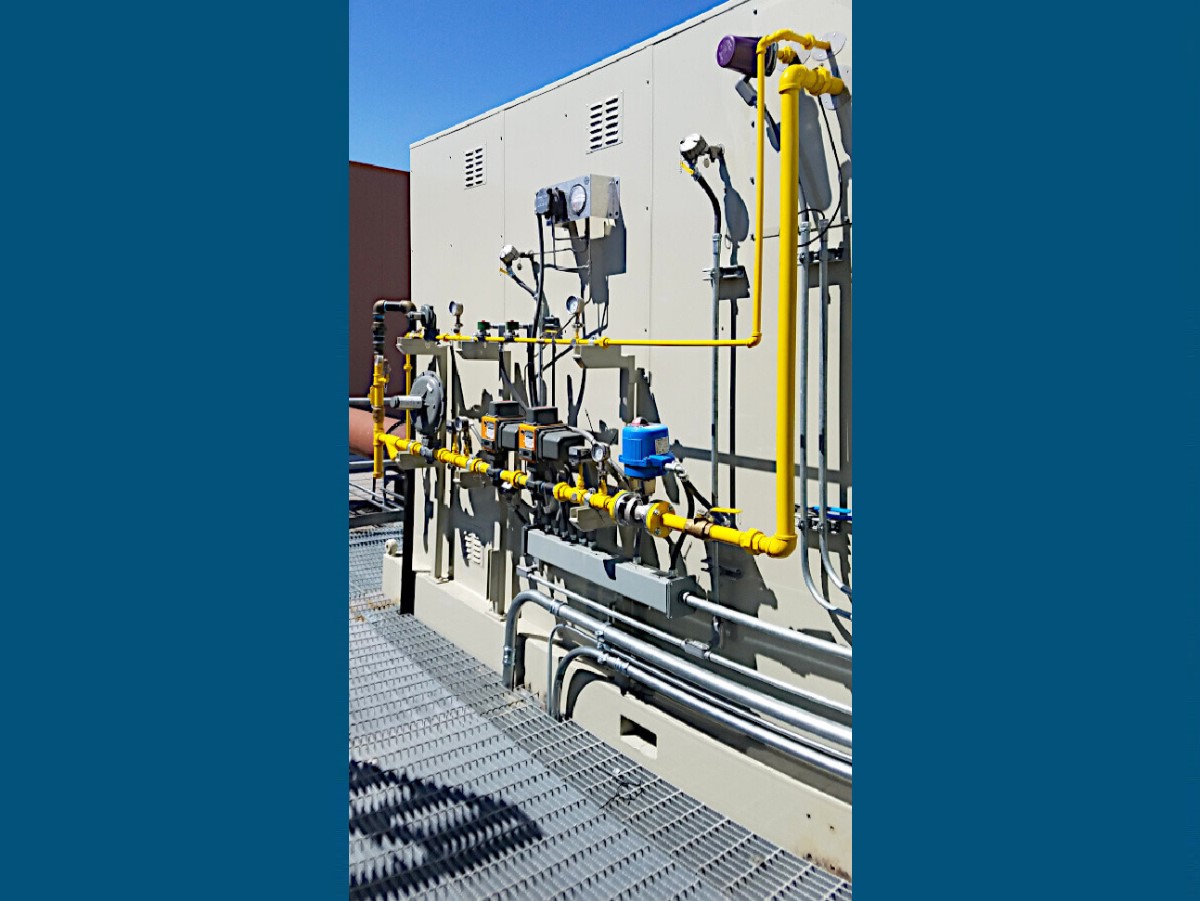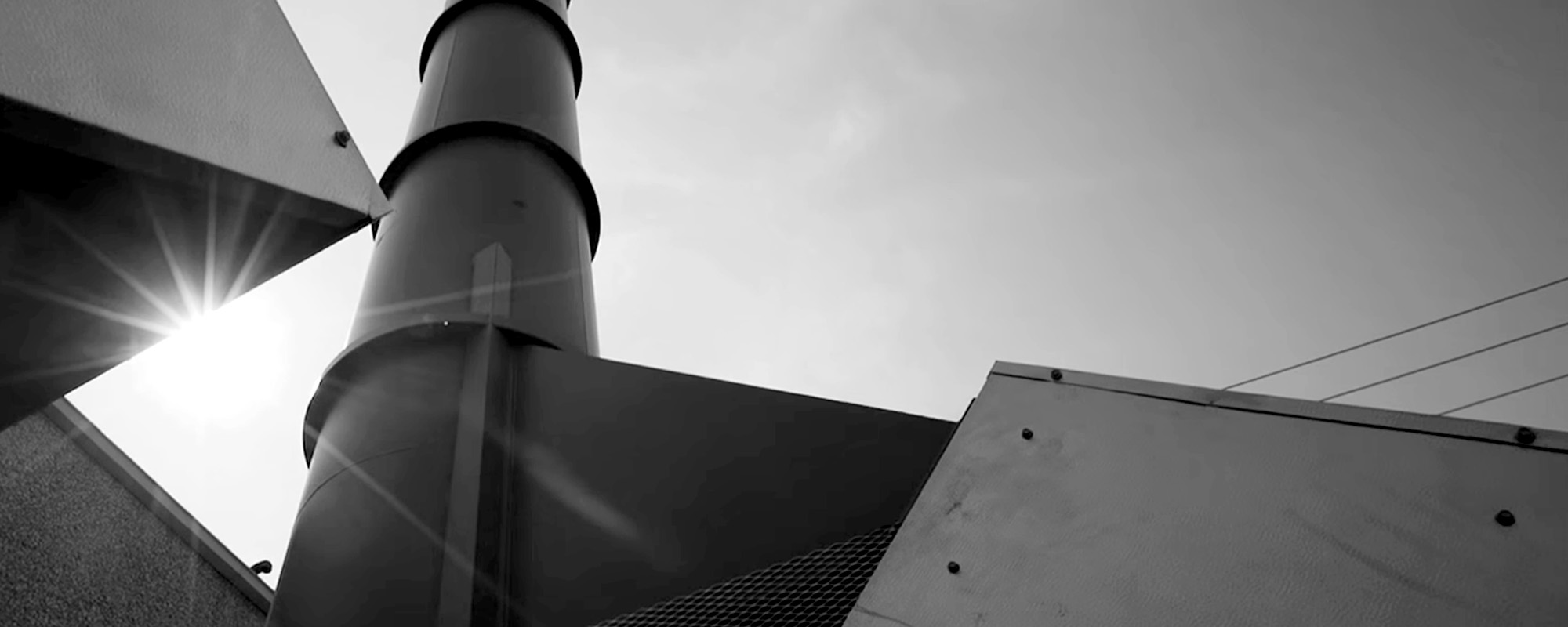Catalytic Oxidizer Offers Odor Control for Home Product Manufacturer
- Pollutant: Emissions with Undesirable Odors
- Industry: General Manufacturing
- System: Catalytic Oxidizers
A scented home product manufacturer had to proactively solve nuisance odors from their process by using a Catalytic Oxidizer to abate the smells that were bothering the local community.

Synopsis
A manufacturing company producing scented products in their facilities around the United States received numerous complaints regarding the odors emitted from their facilities which they wanted to address proactively. A detailed engineering study determined that various hydrocarbon Volatile Organic Compounds (VOCs) were the root cause of the emitted odor; although the concentrations were low, the compounds exhausted were odoriferous. Pollution Systems (PSI) and the customer engaged to determine the most practical and safe solution to treat the odorous exhaust while still meeting all the business and operational goals of the client.
Initial Operating Issue
Overall cost-effectiveness, high reliability, good turn-down capability, minimal downtime, and achieving 95% DRE (destruction efficiency) of VOCs were considerations. They hoped to install the equipment on the roof, so footprint and weight were crucial in the design. Furthermore, the customer needed to devise a solution that did not affect the manufacturing process due to sensitivity to backpressure fluctuations on their production lines.
Proposed Solution
Due to the low VOC concentration, Pollution Systems’ engineers determined that a Catalytic Oxidizer was the most suitable approach for this waste stream compared to other technologies. Pollution Systems’ solution included the duct collection system design, a Catalytic Oxidizer with modern controls, and incorporated flow meters and actuators on the lines to control flow and ensure minimal impact on production.
The Technology: How it Works
Catalytic Oxidizers are capable of continuous steady-state operating conditions for nearly indefinite periods and accomplish VOC destruction at lower temperatures than other oxidizer technologies (i.e., regenerative thermal oxidizers). Built with few moving parts and constant stable operating pressures and temperatures, a professionally designed oxidizer easily achieves more than 99% destruction efficiency. Lower operating temperatures, in conjunction with heat recovery, yield favorable operating expenses.
Since Catalytic Oxidizers are more compact and weigh less than regenerative thermal oxidizers, installing them on industrial roofs or platforms is easier to handle and can meet the desire for a smaller footprint and roof installation. Additionally, a regenerative thermal oxidizer could negatively impact the process backpressure due to frequent valve action, making it a less-than-ideal solution.
Implementation and Results
The manufacturer continues to produce its essential products with minimal impact on the surrounding community now that the odorous exhaust has abated. Third-party test results demonstrate that the equipment achieves a 99.7% DRE, which is significantly above the goal of DRE 95%. Due to the careful planning of the oxidizer controls, the equipment operates effectively with minimal impact on the manufacturing process.
Related Case Studies
High Efficiency Thermal Oxidizer Abates Odor For Feed Manufacturer
In order to reduce odors and operating costs, an animal feed manufacturer installed a Recuperative Thermal Oxidizer on their newly increased production line.
- Pollutant: Emissions with Undesirable Odors
- Industry: Food Processing & Manufacturing
- System: Thermal Oxidizers
Solar Panel Manufacturing Facility Treats VOC Emissions With Catalytic Oxidizer
To maintain state and federal compliance, a solar panel manufacturer worked with Pollution Systems to get a Catalytic Oxidizer solution that was tailored to their business and operational needs.
- Pollutant: Volatile Organic Compounds (VOCs)
- Industry: Microelectronics
- System: Catalytic Oxidizers

